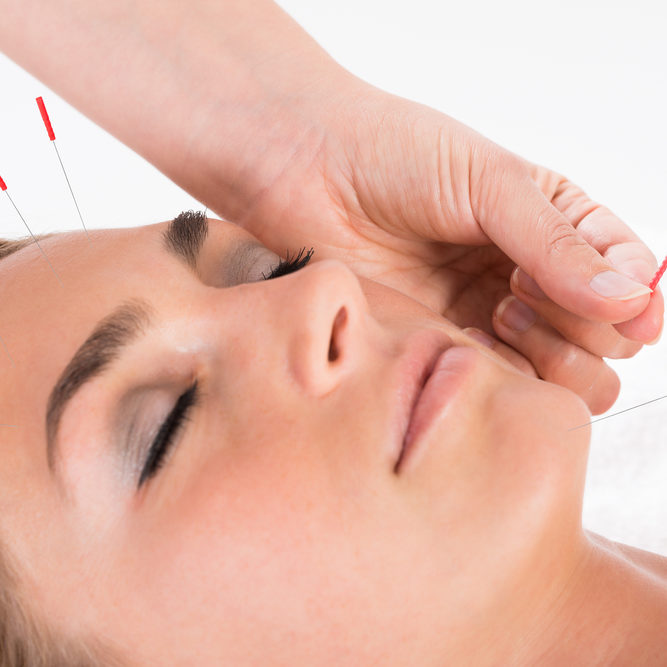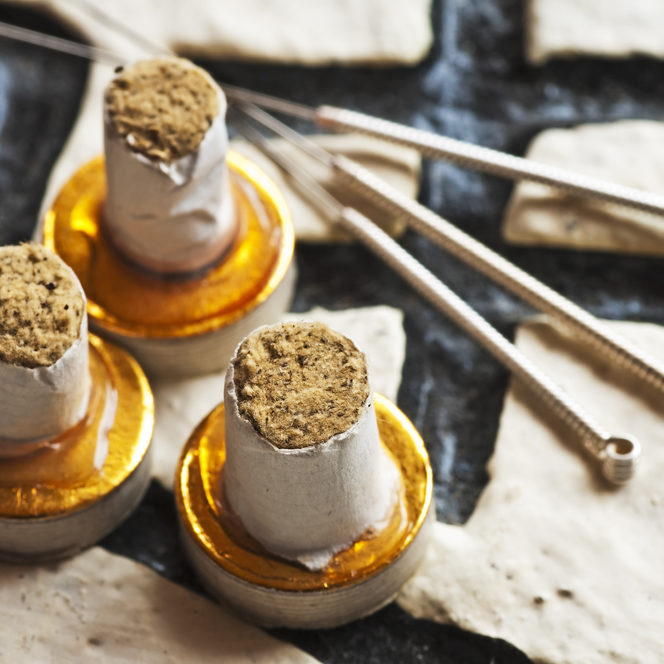Acupuncture for Plantar Fasciitis
Acupuncture as a Therapeutic Treatment for Plantar Fasciitis
Plantar fasciitis (PF) is a condition which often causes heel pain. It affects an estimated 10% of people over the course of their life. Symptoms of PF usually include a sharp, stabbing pain in the sole of the foot or heel when pressure is applied or when standing up after resting. Most cases improve with relatively conservative treatments which can include home remedies like stretching, rest and massage. When these approaches don’t provide relief, patients may pursue diagnostic imaging and other outside therapies. Plantar fasciitis is especially common in runners, people who are overweight and in people who have foot alignment issues.
The plantar fascia is the area of the foot which is inflamed with plantar fasciitis. This is a tendon that attaches to the base of the heel bone and extends into bands attached to each toe on the bottom of the foot. As a weight-bearing structure, the tendon is affected by over-use through repetitive strain from too much or too little movement. Small injuries to the tendon over time can result in pain and inflammation. A small bony growth or spur can also develop on the heel bone. Plantar fasciitis can result from arthritic conditions.
The Clinical Evidence
Following a recent review evaluating all the clinical trials on acupuncture for plantar fasciitis, acupuncture proved to be an effective treatment for the condition. The results were comparable to other common interventions which include stretching, night splints and dexamethasone. The US Department of Veteran Affairs and the Acupuncture Evidence Project determined that acupuncture has a potentially positive effect in the treatment of heel pain.
How Acupuncture Treats Plantar Fasciitis: Biological Mechanisms
Acupuncture was found to improve plantar heel pain through various pathways. One pathway is from the insertion of needles which effects the nerve endings and releases neuropeptides that help eliminate pain. There is also some profound research demonstrating that a substance called adenosine is released during acupuncture. Adenosine has a strong pain relief and anti-inflammatory effect in addition to promoting blood flow to the targeted area. Other local cells are stimulated by acupuncture which helps promote the healing of tissue in the area.
Researchers have also concluded that the body releases opioids, also known as the body’s natural ‘pain killer,’ during acupuncture treatments. Studies that evaluate the changes in brain activity during acupuncture show that after treatment there is less activity in the regions of the brain associated with pain perception and increased activity in the areas that regulate our response to pain.
The Mainstream Approach to Treating Plantar Fasciitis
The traditional treatment for plantar fasciitis is usually conservative, as the condition is normally gone within a year.
Treatments which can be done at home include changing activity levels, icing the affected area, stretching, wearing orthotics, weight loss and over-the-counter pain medication such as acetaminophen (Tylenol).
There have been increased concerns for taking over-the-counter painkillers in recent years. Recent safety evidence found an increased risk of cardiovascular complications, gastro-intestinal tract bleeding, kidney toxicity and even death from taking acetaminophen.
Studies for using acupuncture to treat plantar fasciitis have found a high level of effectiveness without any adverse effects. While there are various methods for treating plantar fasciitis using acupuncture, each method focuses on reducing pain, improving function and ultimately helping people who suffer from plantar fasciitis to get back on their feet.
Enjoy Even More Articles on Acupuncture Chicago Loop and how we can help :
- Acupuncture for Sleeping
- Acupuncture for Smoking
- Acupuncture for Allergies
- Acupuncture for Arthritis
- Acupuncture for Depression
- Acupuncture for Energy
- Acupuncture for Stress & Anxiety
- Acupuncture for Vertigo
- Acupuncture for Acne
- Acupuncture for Drug and Alcohol Addiction
- Acupuncture for Sciatica
- Acupuncture for Neck pain
- Acupuncture for Plantar Fasciitis
- Acupuncture for Carpal Tunnel
- Acupuncture for Knee Pain
Services We Offer : Conveniently Located in the Chicago Loop
Sunae Son, L.Ac, M.S.O.M. has spent much of her life exploring and researching western and eastern medicines, combining these practices over a decade of field and laboratory studies into mindful patient care in acupuncture and Traditional Chinese Medicine.




